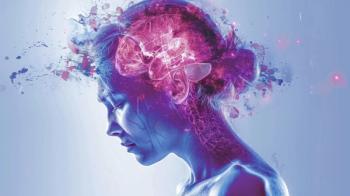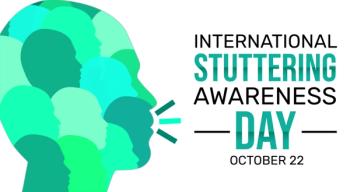
TMS Versus ECT: That Is the Question
Among patients with treatment-resistant MDD, transcranial magnetic stimulation wins the popular vote.
RESEARCH UPDATE
ECT may be slightly more effective than transcranial magnetic stimulation (TMS) for treatment-resistant depression (TRD), but patients prefer TMS and would be more likely to opt for it if covered by their medical insurance provider.1 These are the findings of a
The study, conducted by an Israeli team of investigators from Bar-Ilan University in Ramat Gan and Tel Aviv University, analyzed data on 41 patients who met study eligibility criteria for repetitive TMS (rTMS) and 40 patients referred for ECT.
Inclusion criteria for patients in the rTMS arm were a total Hamilton Depression Rating Scale (HDRS-21) score of at least 20 at screening and a history of having failed at least 2 antidepressant treatments or being intolerant to 2 different antidepressants.
In comparing ECT and TMS, the investigators examined success rates, patient responses, and adverse-effect profiles. Pre- and post-treatment depressive symptoms were measured using the HDRS-21, Beck Depression Inventory (BDI-II), and Hamilton Anxiety Rating Scale (HARS). Functioning was measured with a Visual Analog Scale (VAS).
A major disadvantage to ECT is the stigma attached to it.
The rTMS regimen consisted of 30 pulses of 10 Hz for 10 seconds (1500 magnetic pulses per day) 5 times per week for 4 weeks (20 treatment days total). The ECT regimen was conducted in accordance with the American Psychiatric Association treatment procedure as outlined in
The effectiveness of ECT and TMS as reflected in change in BDI-II and VAS scores was equivalent (P = .0001 for both modalities), whereas effectiveness characterized by change in HDRS-21 score was stronger for ECT than for TMS (P = .0001 vs P = .012). In addition, analysis of HARS scores revealed that ECT but not rTMS relieved anxiety symptoms (P = .0001 vs P = .889).
Adverse effects were more common and troublesome for patients who received ECT. On follow-up, up to 60% of the ECT group reported short- or intermediate-term adverse effects, mostly memory loss. In comparison, 30% of the TMS group reported minor, short-term effects such as headache during treatment, which resolved within a few hours.
The bottom line
The investigators concluded that ECT appears to be more effective than rTMS for TRD, but the difference (based on group effect) may not be statistically significant. They added that, beyond the adverse-effect profile, the major disadvantage of ECT is the stigma attached to it.
Cost concerns are also at play, with ECT being more costly than TMS. Although many health insurance providers in the US provide coverage for ECT and TMS for TRD, this is not yet the case in Israel, where ECT is covered but patients pay out-of-pocket for TMS.
As seen in other studies, when patients in this study were asked which modality they would have chosen if given the option, they expressed that they would have opted for rTMS if it were financially feasible even if ECT were more effective.
References:
1. Magnezi R, Aminov E, Shmuel D, et al.
2. American Psychiatric Association Committee on Electroconvulsive Therapy. Treatment procedures. In:
Newsletter
Receive trusted psychiatric news, expert analysis, and clinical insights — subscribe today to support your practice and your patients.














